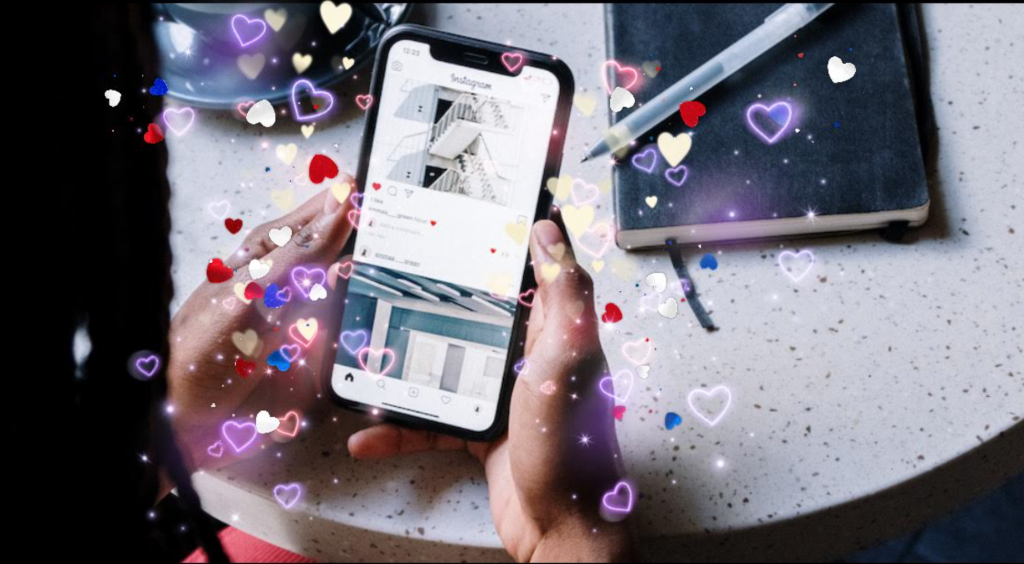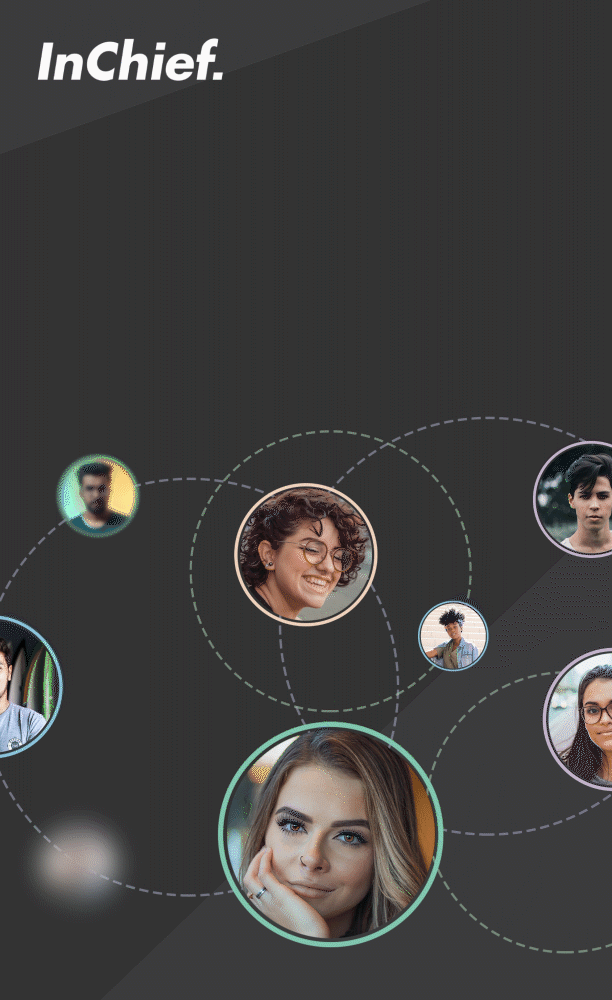Brands are bombarded with messages from interested creators every day. How can you make sure your profiles are adding something extra?
So, you’re being proactive and are thinking about getting in touch with a brand to enquire about partnership opportunities. This is great, but before you make initial contact it’s important to have your social accounts prepared for when your contact checks you out. But what do you need to think about in order to show off how well you’d fit with a brand?
Do not worry about follower counts
“With micro or nano influencers, you’re looking at accounts which have maybe 1,000 – 3,000 followers,” says Unsah Malik, an established creator herself who has held Influencer Marketing Manager roles at Rodial, Nip + Fab and Lime Pictures. “It’s really nice to work with people when they’re at the infant stage and then watch them grow. I’ve been approached by so many people who have around 2,000 followers, but then I look at their content and it’s just amazing. They’re posting a new video every day, the quality is great and they’re doing exactly what the macro influencers do. I can tell by looking at content like that that eventually, they’re going to get to that bigger, macro stage – and they do.”
Emily Davis, Head of PR and Influencer Marketing at Coty, agrees: “There’s no set formula for ‘the right person’, and I would never encourage a creator to try and formulate what they’re doing specifically to appease a brand. I think the influencers that are really unique, have their own voice and vision are really appealing to work with. They might not have as a big a reach, but the right audience. For example, we work with ‘Wella Passionistas‘ whose main job isn’t even social media, it’s hairdressing. They would be our more micro creators, but they have an audience of the exact people we’d like to reach.”
Being polite and kind is paramount
When Unsah has planned creator events or digital campaigns before, she’s not been short of profiles to select from. A lot of what helps her identify a good match for a client is genuine enthusiasm and a positive attitude. “So much part of it is inviting people who are being supportive, because I think that’s always important – just having a good brand image for yourself as well, and also just to be a nice person.” A little kindness goes a long way, and as Emily says, “it’s not just about creator marketing, it’s also about community.”
Do be supportive of the brand you’re contacting
When brands are given budget for events or product-drops for digital campaigns, the influencer marketers are going to think about the creators who have shown support for their brand already. “It’s always really nice to see creators link to posts where they’ve tagged our brands previously,” says Emily, and Unsah agrees. “When I’ve run events I’ve always invited people who supported the brand along the way. A lot of people would tag Nip + Fab in their posts or always speak to us on their stories – these are people who have gone out of their way to do it, I haven’t paid them to do it or had a conversation with them, they just love the product. When event time did come around I’d make sure I’d have a good percent of those people on the guest list.”
If you can’t afford to feature products from the brand you’re contacting, never fear
So it’s definitely going to help you stand out to the marketers onboarding creators if you’ve previously featured or been supportive of the brand you’re contacting, but what about when that brand’s products cost the earth, and you have the grand total of £17.86 in your bank account? How are you going to be able to support luxury brands on a less than luxury income or budget?
“The key here for all those luxury, massive brands, is that your feed needs to reflect the luxury,” says Unsah – who’s just published an excellent eBook about how to grow your online presence, btw. “If your personal brand is always talking about budget, and you’ve built an audience who come to you for those budget fashion ideas, someone at Chanel isn’t going to go through your feed and feel like you’re on brand for them. But, you can make things from Primark and H&M etc look luxurious and expensive. So it’s not that you need to be someone who buys Chanel and Fendi and Prada, but someone who could kind of mimic the aesthetic of the brand.
“These brands have actually realised – especially luxury beauty brands – that they don’t need to spend on influencers. But I am seeing them slowly dipping their toes into it. I think the pandemic had a lot to do with it, they had to strip back their budget for stores, and I feel like they felt like they could put it into online marketing, because people are shopping online especially now.”






